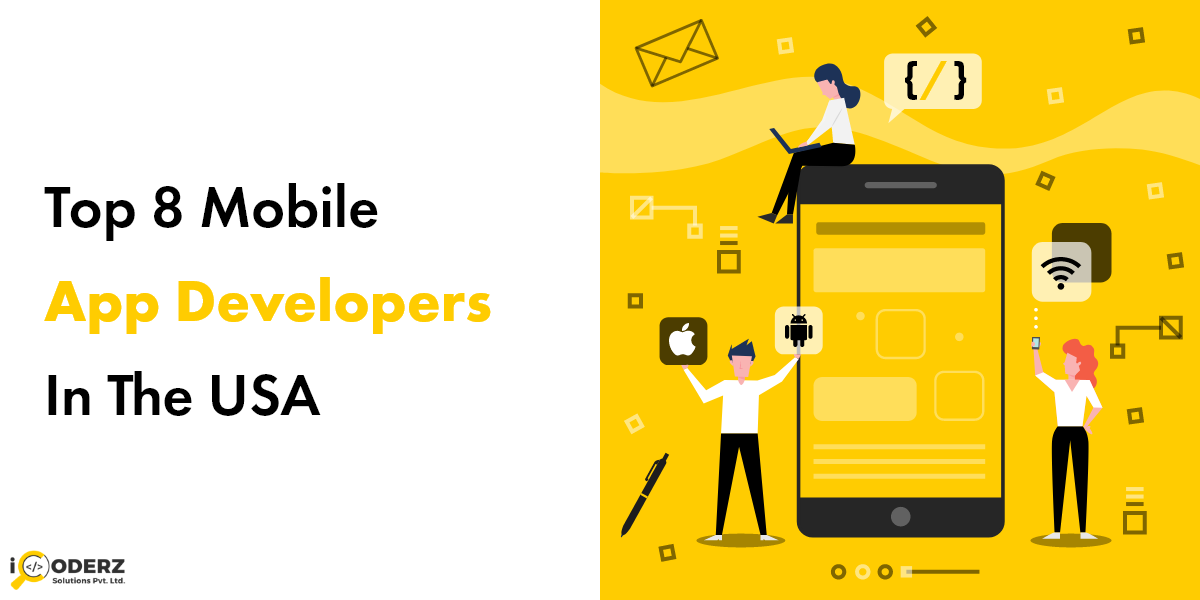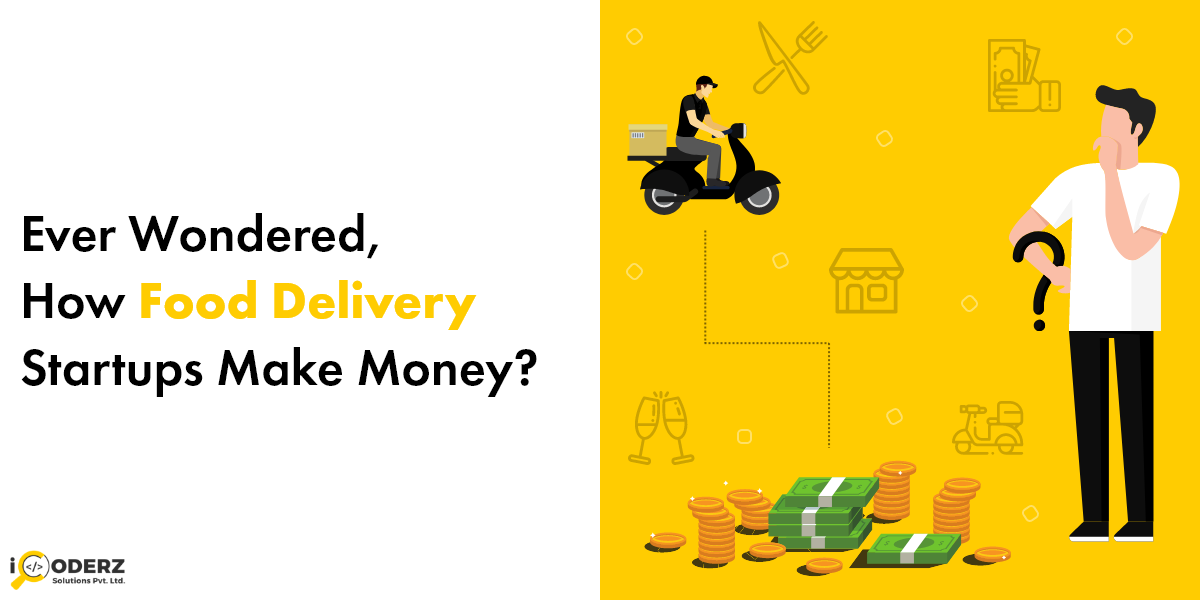Table of Contents
Online food delivery in India is now a growing and widespread phenomenon. Platforms for food delivery such as Zomato and Swiggy have grown their user base at an exponential rate. An online study notes that it is expected that the food supply market in India will rise to $4 billion in 2020. Driving inspiration from this development, online food supply companies pursue artificial intelligence to enhance customer experiences.
Case Discussed: The Swiggy Growth Saga in India
Swiggy has seen incredible cumulative growth in the past two years. The number of interactions has risen from 2 billion in October 2017 to 40 billion in January 2019. The number of restaurants that Swiggy operates has grown from 12,000 to over 55,000 over the same period. Food-delivery personnel has risen in the same timeframe from 15,000 to 120,000. All these growth numbers reflect only one thing— the company now looks beyond human interactions to meet the industry’s pace. Investing in technology such as AI has already begun to help their systems keep up with industry at this rapid rate of growth.
This company based in Bengaluru is also looking forward to intensifying the information archive, which can be due to the increasing number of interactions.
How Swiggy Uses AI
AI helps Swiggy differentiate between vegetarian and non-vegetarian dishes. The application of natural language processing (NLP) helps the company to reach broader geographical boundaries without any cultural barriers being recognized. This helps the company to search by using some popular terms that may be used by customers to get accurate results. AI also provides Swiggy with a customized interface based on their specific needs or likes for its customers.
On the restaurant end, Swiggy has been using AI for a moment-series based market driven by a predictive model. It can assist its partners to intend way ahead of the inbound requirements. Artificial Intelligence also allows Swiggy to ensure that they serve their customers with high accuracy and fulfil the promises made efficiently and effectively.
Online Food Delivery Market in India
Based on the study performed by a business-consulting firm, the food delivery market in India is prepared for the development of more than CAGR 16%. In 2023, it is expected to be worth $17.02 billion. According to the report, because of the promotional offers and rebates they receive in return, a large portion of the respondents prefer to order food online.
Specific explanations for ordering food online include the ease provided along with the varying number of kitchens on a single platform. It also said Bengaluru is the city with the most significant amount of online orders placed. The study concluded that an increased number of logistics providers provided food delivery companies intending to optimize their fleet and reduce delivery time.
The online food distribution platforms are now more focused to deliver their managed delivery operations in dedicated sector acquisitions and thus collaborate with the logistics companies.
Use Cases of AI in Food Delivery
1. Efficient Planning
AI provides online food-order companies with the opportunity to more efficiently carry out their planning activities. Many AI companies on the Indian market have teams dedicated to the fast and emerging market of food ordering. In the planning environment, there has also been flexibility for cases such as peaks and falls that arise in the company lifecycle.
2. Predicting Mandates
Several firms are now working to improve their logistics using AI in terms of demands. The food ordering industry is a resource-intensive sector; the distribution and logistics field is similarly complex. To ensure his or her constant movement and break time, the time of each delivery agent needs to be optimized by selecting the right delivery route. Using AI and Machine Learning technologies, this efficiency-oriented model can be optimized.
3. Optimization
Based on Data Insights Optimization not only seeks to provide the best route to the nearest distribution agent but also to maximize the user’s request. AI is now being used to make better lists to be chosen by users. Consumers are also encouraged to improve how their orders are set. This data is fed back to the algorithm, with numerous tests running in the background. The food supply firms also work closely with AI service provider firms to ensure the firms generate maximum outcomes.
4. Shift in Technology
The food-ordering firms have tied up on a global scale with market automation consultants and suppliers who can produce the best AI solutions on demand. Food ordering firms also collaborate with AI technology firms to create a more compelling service than rivals do. There is also a need for food ordering companies to look out for potential local and global competitors.
5. Moving beyond conventional services
Many fast-food chains to provide a better experience in ordering food use AI. This could range from using intelligent voice assistants to order food to provide a web presence that is more important and streamlined. The hotels and other food chains are now looking to develop their ordering system. It can be configured using AI to present the most enticing content for their digital presence. The businesses are attempting to build a new category in the food ordering industry by providing a voice-enabled AI system for ordering food.
Custom Food Delivery Mobile App Based On Leading Apps Like Uber Eats, GrubHub, DoorDash
Future of AI in India
Global AI growth can be attributed to factors such as the availability of massive data sets, advances in processing capability with a parallel GPU advent, enhancement of cloud technology, and the growing complexity of machine learning and self-improving algorithms. For some years now, AI has been an integral part of consumers. AI is now a one-stop solution for all the tech issues.
AI has the potential to add 15 percent or $957 billion to present gross value to the Indian market by 2035, according to an estimate by a tech giant. Based on the number of AI-focused start-ups, India secured the third-place among the G20 countries (in 2016). A CAGR of 86 percent, which is higher than the global average, raised this value from 2011.




